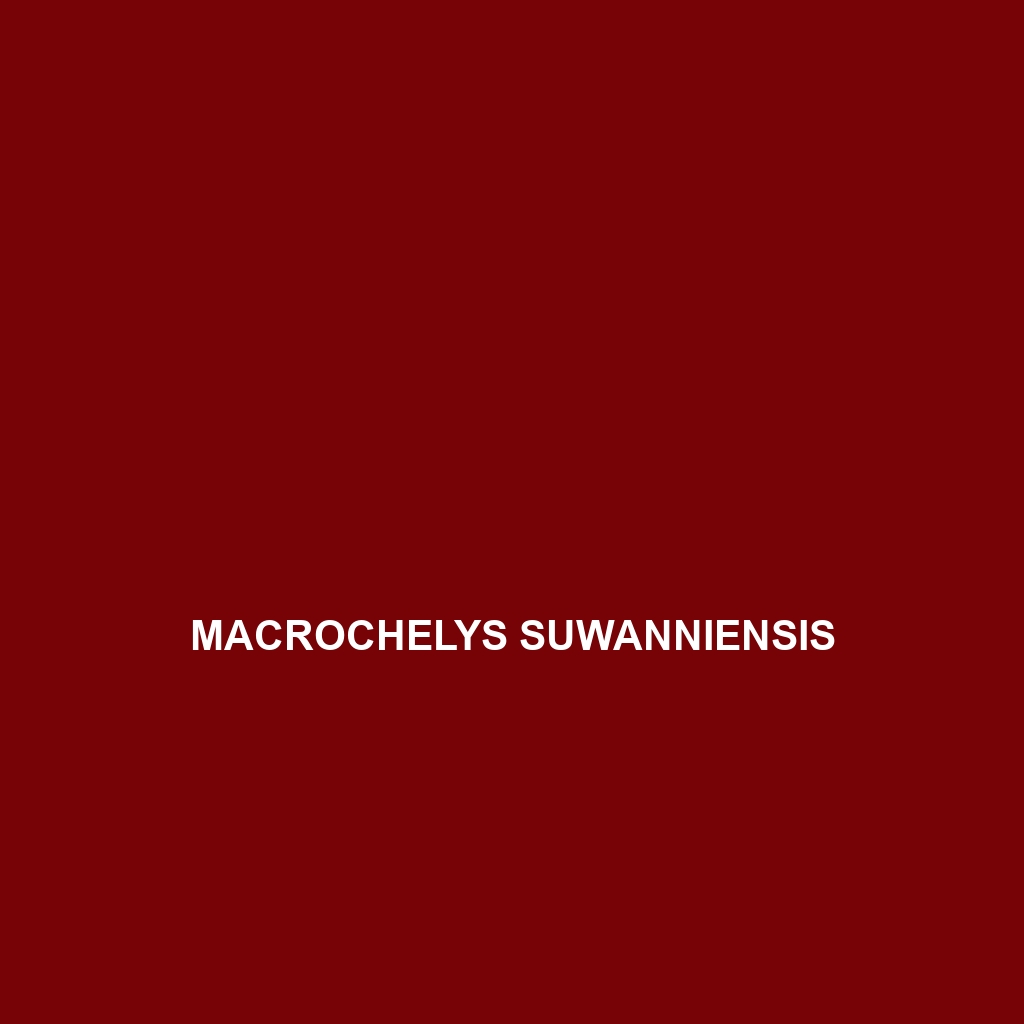The Pyxis arachnoides, or spider tortoise, is a unique herbivorous species native to the dry forests of Madagascar, characterized by its striking yellow and dark brown shell and nocturnal behavior. Classified as vulnerable, it plays a vital role in its ecosystem as a seed disperser while facing threats from habitat destruction and illegal poaching.
Tag: tortoise lifespan
Pyxis arachnoides
The Pyxis arachnoides, or spider tortoise, is a unique herbivorous species native to the dry forests of Madagascar, characterized by its striking yellow and dark brown shell and nocturnal behavior. Classified as vulnerable, it plays a vital role in its ecosystem as a seed disperser while facing threats from habitat destruction and illegal poaching.
Manouria emys
Introducing the Asian Giant Tortoise (Manouria emys), a remarkable herbivorous species thriving in southeastern Asia's rainforests and savannas, known for its impressive size, reaching up to 80 cm in shell length and 176 lbs in weight. With minimal social behaviors, they exhibit fascinating nesting and foraging habits, playing a crucial role in their ecosystems by contributing to soil health and seed dispersal.
Macrochelys suwanniensis
Common Name Macrochelys suwanniensis Scientific Name Macrochelys suwanniensis Habitat Macrochelys suwanniensis, commonly known as the Suwannee alligator snapping turtle, primarily inhabits the freshwater rivers and swamps of the southeastern United States. This species is predominantly found in the Suwannee River basin of Florida and Georgia, where it thrives in warm, slow-moving freshwater environments. The ideal […]
Kinixys spekii
Discover the Speke's Hinged Tortoise (Kinixys spekii), a unique herbivorous species from eastern and southern Africa, characterized by its distinctive hinged shell, nocturnal behavior, and selective grazing habits that support its lush rainforest and savanna habitats. This vulnerable tortoise plays a crucial role in its ecosystem by aiding in seed dispersal and maintaining plant health.
Kinixys erosa
<b>Kinixys erosa</b>, also known as the East African Spurred Tortoise, is a resilient herbivorous species found in East Africa's diverse habitats, characterized by its distinctive high domed carapace, strong limbs, and impressive adaptability. This <b>vulnerable</b> tortoise, known for its longevity and unique mating behaviors, plays a vital role in its ecosystem through seed dispersal and vegetation management.
Indotestudo forstenii
<strong>Indotestudo forstenii</strong>, or Forsten's tortoise, is a vulnerable species native to the tropical rainforests of Southeast Asia, characterized by its dark brown to olive green dome-shaped shell and herbivorous diet. Primarily terrestrial and exhibiting a mix of diurnal and nocturnal behaviors, this tortoise plays a crucial role in seed dispersal and maintaining ecosystem health.
Indotestudo travancorica
Common Name Indotestudo travancorica Scientific Name Indotestudo travancorica Habitat Indotestudo travancorica, commonly known as the Travancore tortoise, primarily inhabits the lush and diverse rainforests of the Western Ghats in India. This species thrives in the humid, tropical climate that characterizes this region, typically found at elevations ranging from 100 to 2,300 meters. The tortoise can […]
Homopus femoralis
<p>The <b>Homopus femoralis</b>, or Leopard Tortoise, is a resilient herbivore native to the arid regions of Southern Africa, recognized for its striking yellow and black patterned shell and remarkable ability to survive in harsh climates. This species plays a vital role in its ecosystem by promoting vegetation growth and seed dispersal, thriving in diverse habitats such as savannas and grasslands.</p>
Gopherus morafkai
<p><b>Gopherus morafkai</b>, or the Mojave desert tortoise, is a vulnerable species native to the arid regions of the southwestern United States, characterized by its dome-shaped shell, herbivorous diet, and ability to dig extensive burrows that support the desert ecosystem. These tortoises thrive in diverse vegetation and play a crucial role as a keystone species, promoting biodiversity within their habitat.</p>








